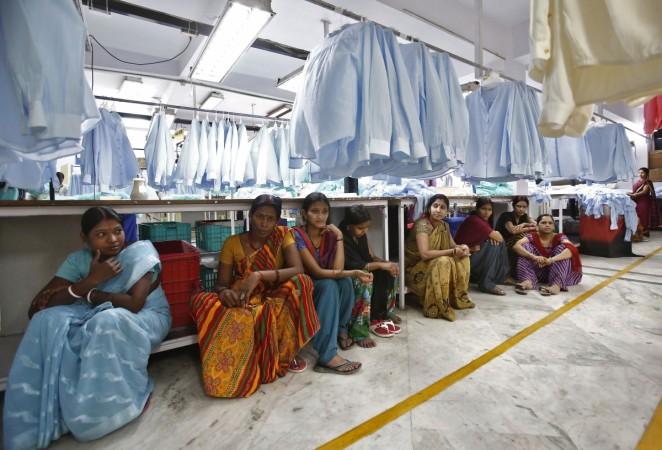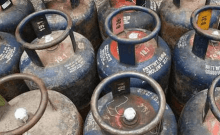
Increasing levels of inequality have accompanied India's wide ranging economic reforms and its impressive economic performance, said the International Monetary Fund (IMF) in a report on Tuesday. It indicated that the distribution of wealth has remained skewed in the country and warned that it could lead to a social hazard.
The report called "Regional Economic Outlook for Asia and Pacific" pointed out that in the past rapid growth in Asia came with equitable distribution of the gains. However, recent growth among Asian economies has managed to lift the number of poor people out of poverty, but have been unable to replicate the "growth with equity" miracle of late 80s.
India since the 1990s has witnessed an increase in its mean consumption across its landscape. However, with regard to inequality on a spatial comparison, the difference between India's rural and urban areas is gaping. A trend that is catching up even within the urban areas, with falling number of middle classes, it added.
In India, the Gini coefficient, which measures the level of inequality, also rose substantially. In 1990, inequality in India represented by net Gini was about 45 and increased to 51 by 2013, driven by the inequality within urban areas, as well as by the urban-rural gap, it said.
Two factors namely the income-gap and increasing inflation in rural areas, experts noted, as the key causes for inequality between the rural and urban areas. However, structural flaws like the long existing educational inadequacy in India's vast rural landscape continues to add to the woes.
On India's inclusive social policies, the report highlighted that the country has struggled with basic delivery services of education and health. The National Education Scheme and Midday Meal Scheme, it pointed out, are concerted efforts to up the number of students in schools in rural areas. The Mahatma Gandhi National Rural Employment Guarantee Act (MGNREGA), which promises 100 days of guaranteed employment, was introduced to support rural livelihoods.
On fiscal inclusion, the country not only has lower levels of tax revenue compared with other regions, but also a higher reliance on indirect taxes that have collectively hampered fiscal redistribution (indirect taxes being regressive affect the poor more, taxing them equally with rich).
The report cited the JAM trinity of the government as a step in the right direction. JAM, which stands for Jan Dhan Yojana, Aadhaar and Mobile number and are the three modes of identification to deliver direct benefits to India's poor, holds promising potential to reduce the country's inequality, the report stated.















